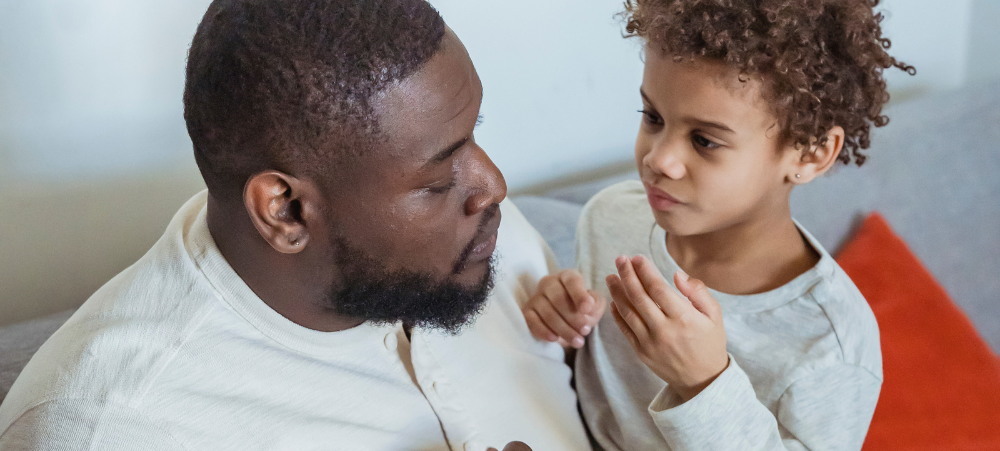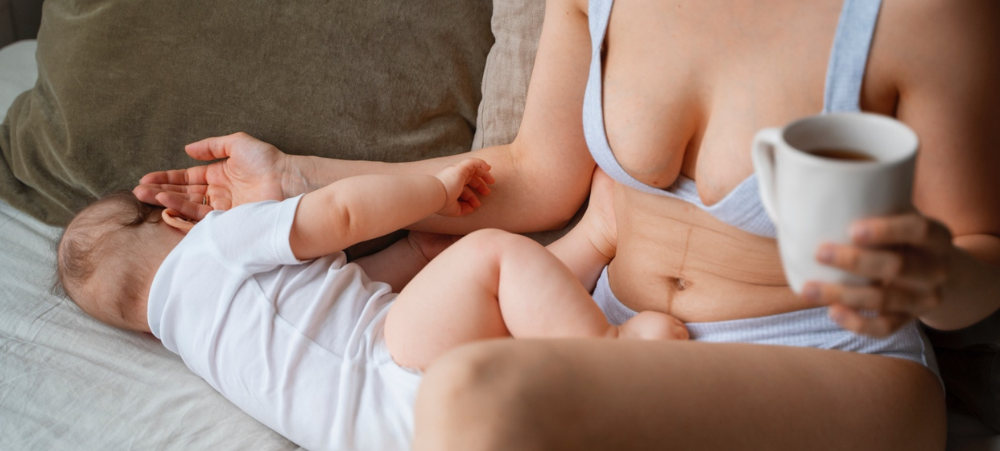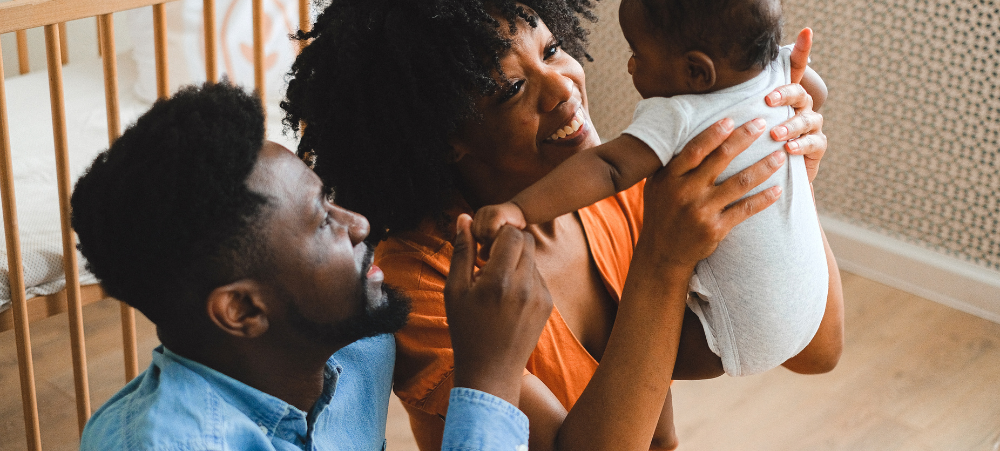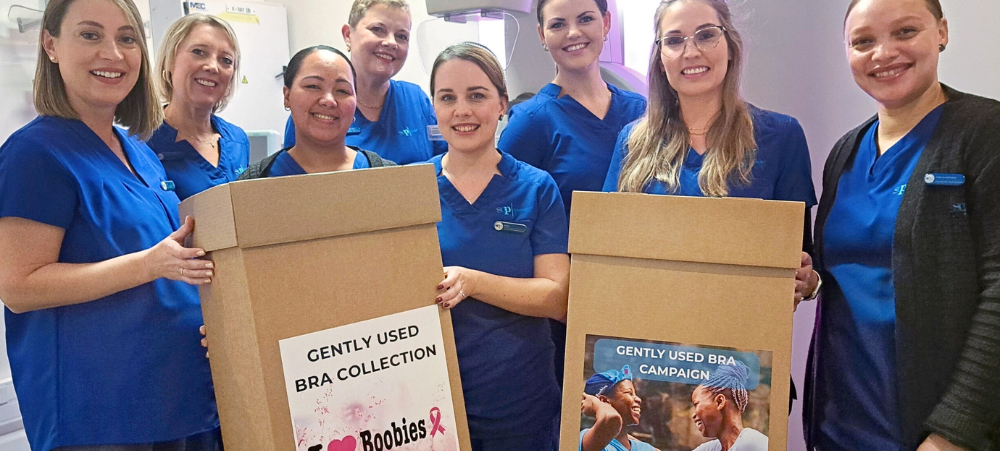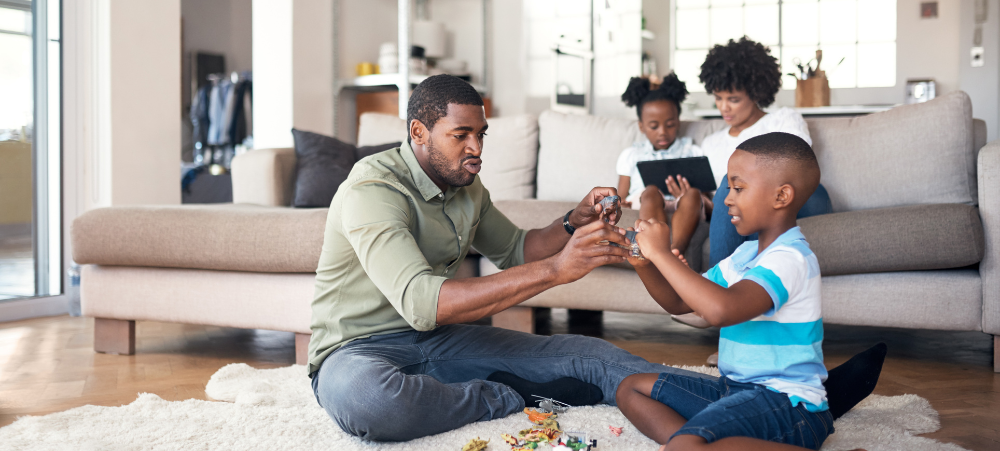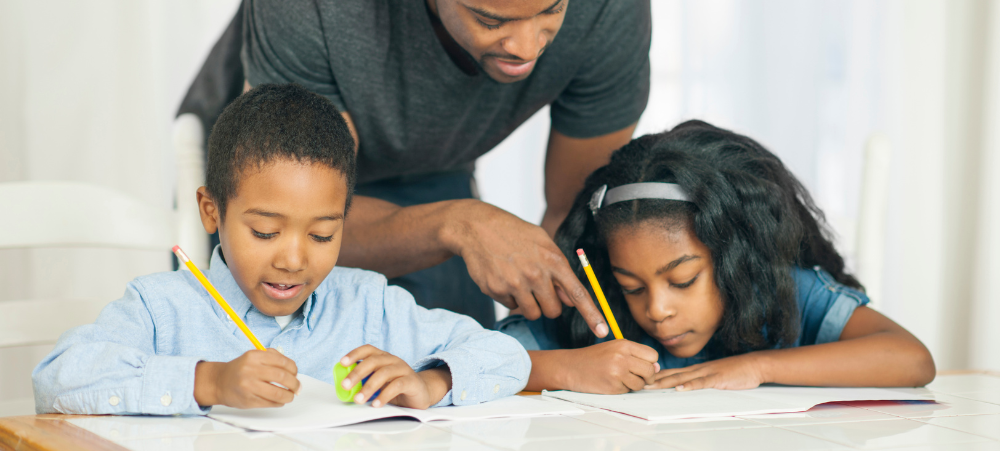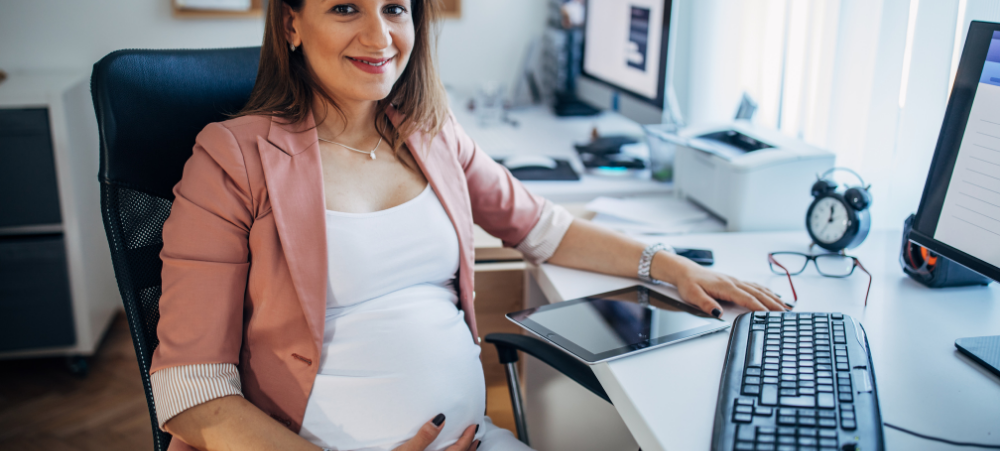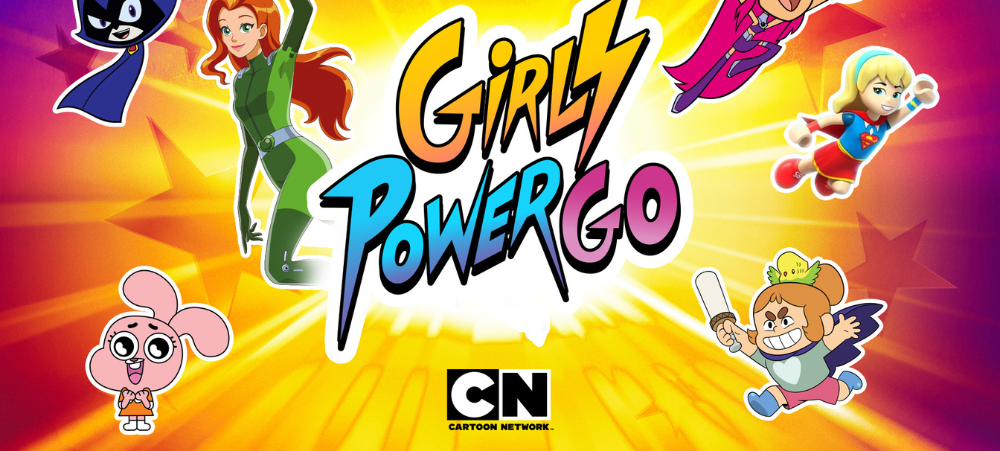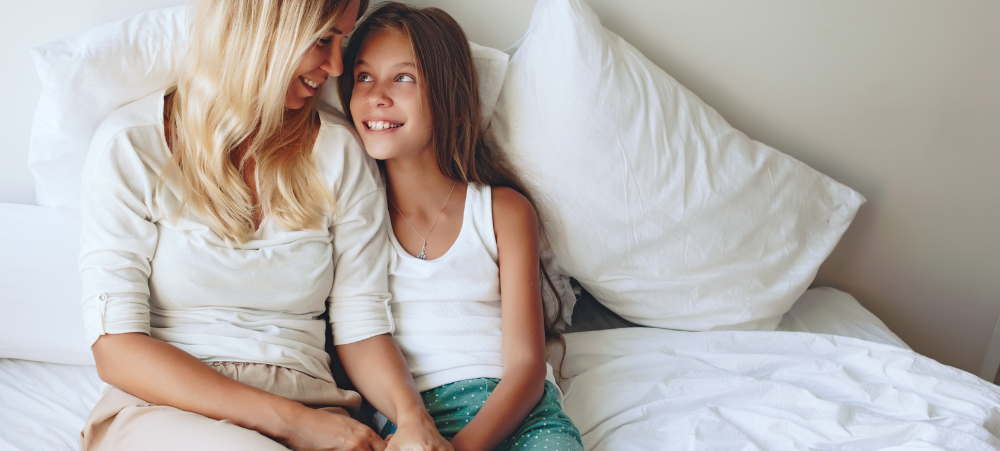
Raising Emotionally Intelligent Kids in a Fast-Paced World
In a world that often prioritises performance, productivity, and speed, children are growing up with more pressure than ever before. Between academic demands, social media, and over-scheduled lives, emotional intelligence (EQ) can easily take a backseat. Yet, research shows that EQ is just as crucial—if not more so—than IQ when it comes to long-term success, well-being, and healthy relationships. So, how do we slow things down and raise emotionally intelligent kids in this fast-paced world? What Is Emotional Intelligence? Emotional intelligence is the ability to understand, manage, and express emotions effectively, while also recognising and responding to the emotions of others. It includes key skills such as: According to psychologist Daniel Goleman, who popularised the concept of EQ, emotional intelligence is a better predictor of success than academic achievement or technical skill [source: Goleman, Emotional Intelligence]. Why EQ Matters More Than Ever Children with high EQ are better equipped to: Studies have shown that kids with strong emotional regulation skills are more likely to perform well academically, avoid risky behaviours, and enjoy better mental health throughout life [source: Child Development Journal, 2011]. In today’s high-stimulation environment—with constant notifications, social comparison, and limited downtime—these skills help children stay grounded and connected. Practical Ways to Nurture Emotional Intelligence 1. Model Emotional Awareness Kids learn most from watching you. Use words to describe your feelings and how you manage them. For example, “I’m feeling overwhelmed, so I’m going to take a short walk to calm down.” 2. Name the Feeling Teach kids to label their emotions accurately. A child who can say, “I’m frustrated” instead of acting out is already on the path to self-regulation. 3. Create a Safe Space for Expression Let your child know it’s okay to feel all emotions—even the hard ones. Avoid phrases like “Don’t cry” or “You’re fine.” Instead, try, “It’s okay to feel sad. Want to talk about it?” 4. Practice Active Listening Put away distractions when your child is speaking. Get down to their level, make eye contact, and reflect back what you hear: “It sounds like you were really nervous before your speech.” 5. Encourage Empathy Talk about how others might feel in a given situation: “How do you think your friend felt when you shared your toy with them?” 6. Slow Down the Schedule Overbooked kids have less time for reflection, play, and emotional processing. Prioritise unstructured time and connection over constant stimulation. 7. Use Books and Stories Literature is a powerful tool to teach emotions and perspective-taking. Ask questions like, “Why do you think the character acted that way?” or “What would you do in their shoes?” Building EQ Is a Lifelong Journey You don’t need to get it perfect. What matters is being intentional, present, and open to learning alongside your child. EQ isn’t developed in a single moment—it’s shaped by everyday interactions, moments of struggle, and how we respond to them. Great Resources to Support You






